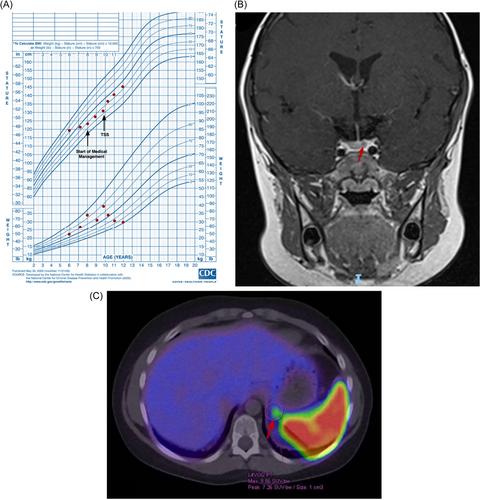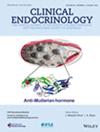Diagnostic and management challenges in paediatric Cushing's syndrome
Abstract
Objective
Cushing syndrome (CS) is the result of chronic exposure to glucocorticoid excess. CS in children is most often caused by the administration of exogenous steroids. Endogenous CS is rare in the paediatric population and is caused mainly by tumours of the pituitary and adrenal glands, with ectopic sources being extraordinarily rare before the age of 18 years. In addition, children and young adults with CS present with different epidemiology, management issues, prognosis and outcomes than older adult patients. This complex disorder needs early diagnosis and management to avoid the significant morbidity and even mortality that can result from chronic untreated CS.
Methods
In this review, we present the complex case of a 7-year-old boy with CS that highlights the diagnostic and management challenges of paediatric CS patients, including the considerations for genetic predisposition and life-long consequences of CS in children and young adults.
Results
The diagnostic protocols for the evaluation of CS have been devised for adults and tested predominantly on adults. In this review, we discuss necessary modifications so that the testing can be adjusted for use in children. Additionally, pituitary adenomas in children are generally smaller and thus more difficult to recognize on pituitary imaging.
Conclusions
The management of the case and its complexities underline the need for children with CS to be managed in a centre with experienced paediatric endocrinologists and skilled neurosurgeons both for their initial diagnosis and treatment as well as for their long-term follow-up and management.


 求助内容:
求助内容: 应助结果提醒方式:
应助结果提醒方式:


